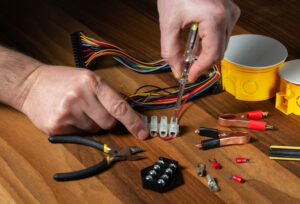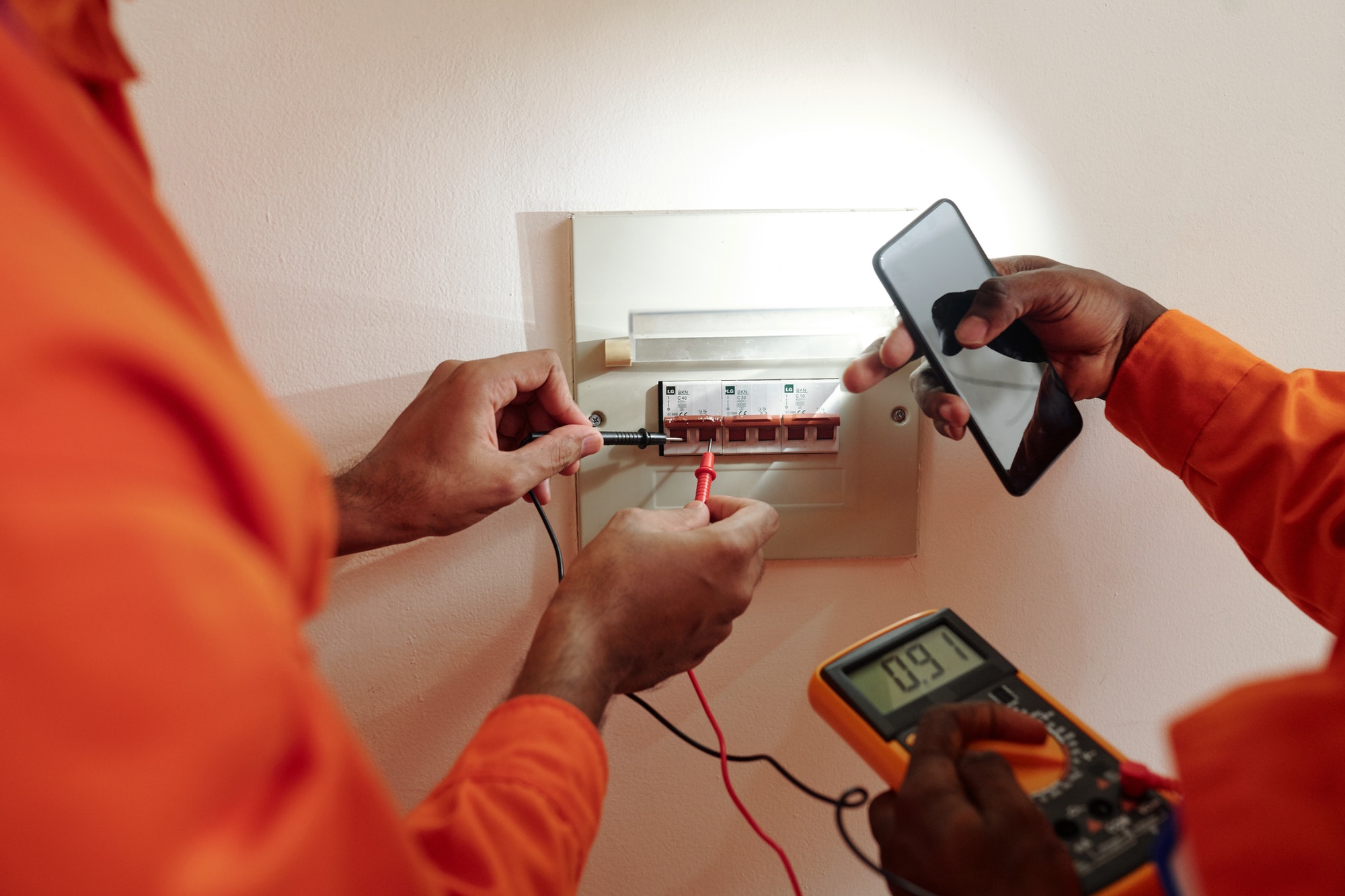Ensuring the safety and reliability of electrical installations in rental properties is a crucial responsibility for landlords. Among the various components of an electrical system, sockets and switches play a vital role in daily operations. Regular inspections of these elements are essential for several reasons, including safety, legal compliance, and the longevity of the property’s electrical system. Here, we delve into the importance of regular inspections for sockets and switches and the benefits they offer.
Ensuring Tenant Safety
Preventing Electrical Hazards
Sockets and switches are integral points of interaction with the electrical system. Regular inspections help identify and mitigate potential hazards such as:
- Overheating: Loose connections or overloaded circuits can cause sockets and switches to overheat, posing a fire risk.
- Electrical Shocks: Damaged or faulty sockets and switches can expose live wires, leading to electric shocks.
- Fire Risks: Poorly maintained electrical components are a common cause of residential fires.
By regularly inspecting sockets and switches, landlords can address these issues promptly, ensuring a safer living environment for tenants.
Legal Compliance
Adhering to Regulations
Landlords are legally obligated to ensure that electrical installations are safe and compliant with current regulations. In the UK, the Electrical Safety Standards in the Private Rented Sector (England) Regulations 2020 mandate that electrical installations, including sockets and switches, are inspected and tested at least every five years. Regular inspections help landlords stay compliant with these regulations and avoid potential penalties.
Documenting Inspections
Keeping thorough records of inspections and any remedial work carried out is crucial. This documentation serves as proof of compliance with legal requirements and can be invaluable in case of disputes or claims.
Prolonging the Life of Electrical Systems
Early Detection of Issues
Regular inspections allow for the early detection of wear and tear or minor faults in sockets and switches. Addressing these issues promptly can prevent more severe damage and costly repairs down the line. For instance:
- Worn-out Components: Identifying and replacing worn-out sockets or switches can prevent more extensive damage to the electrical system.
- Preventative Maintenance: Regular checks enable preventative maintenance, ensuring that the electrical system remains in good condition for longer.
Enhancing Property Value
Maintaining Electrical Integrity
A well-maintained electrical system is a significant factor in the overall condition and value of a property. Regular inspections and timely repairs help maintain the integrity of the electrical system, making the property more attractive to potential tenants and buyers.
Building Trust with Tenants
Regularly inspecting and maintaining electrical installations demonstrate a landlord’s commitment to tenant safety and property upkeep. This proactive approach can build trust and foster positive relationships with tenants, leading to longer tenancies and reduced vacancy rates.
Practical Steps for Regular Inspections
Visual Inspections
Landlords or property managers can perform basic visual inspections regularly to check for obvious signs of damage or wear, such as:
- Discoloration: Look for scorch marks or discoloration around sockets and switches.
- Physical Damage: Check for cracks, chips, or loose fittings.
- Unusual Sounds or Smells: Be alert to buzzing sounds or burning smells, which can indicate electrical faults.
Professional Testing
For a thorough inspection, it is essential to hire qualified electricians who can conduct detailed tests and assessments, including:
- Electrical Installation Condition Report (EICR): A comprehensive report detailing the condition of the electrical installations, identifying any potential hazards, and providing recommendations for remedial action.
- PAT Testing: Regular testing of portable appliances to ensure they are safe to use and do not pose a risk to the electrical system.
Conclusion
Regular inspections of sockets and switches are vital for ensuring the safety and reliability of electrical installations in rental properties. By adhering to legal requirements, detecting issues early, and maintaining the electrical system’s integrity, landlords can protect their tenants, enhance property value, and build trust. Implementing a routine inspection schedule and engaging qualified professionals for thorough assessments are essential steps in achieving these goals.






